Contents
- Genotype and phenotype: what is the difference
- The influence of seed varieties and types on phenotype
- Factors influencing phenotype formation
Genotype and phenotype: what is the difference
When a grower selects cannabis seeds, they expect to get consistent and predictable results. However, often the same marijuana seeds produce plants with completely different characteristics. To understand why this happens, it is important to understand the key concepts of cannabis genotype and marijuana phenotype.
- Genotype is information encoded in DNA, a kind of “genetic passport” for a plant. It determines the characteristics a plant may have: height, leaf shape, THC level, yield potential, and even disease resistance.
- The phenotype of cannabis, on the other hand, is the external manifestation of the genotype in specific conditions. If the genotype can be called potential, then the phenotype is its realization in the real environment. For example, the same plant can look completely different depending on how much light it receives, what fertilizers are used, and what mineral nutrition is available for cannabis: macronutrients are available at every stage of growth.
Therefore, the difference in phenotypes within a single strain is explained not only by heredity, but also by the influence of external factors. This is precisely what creates a situation where we see different marijuana phenotypes even from a single packet of seeds..
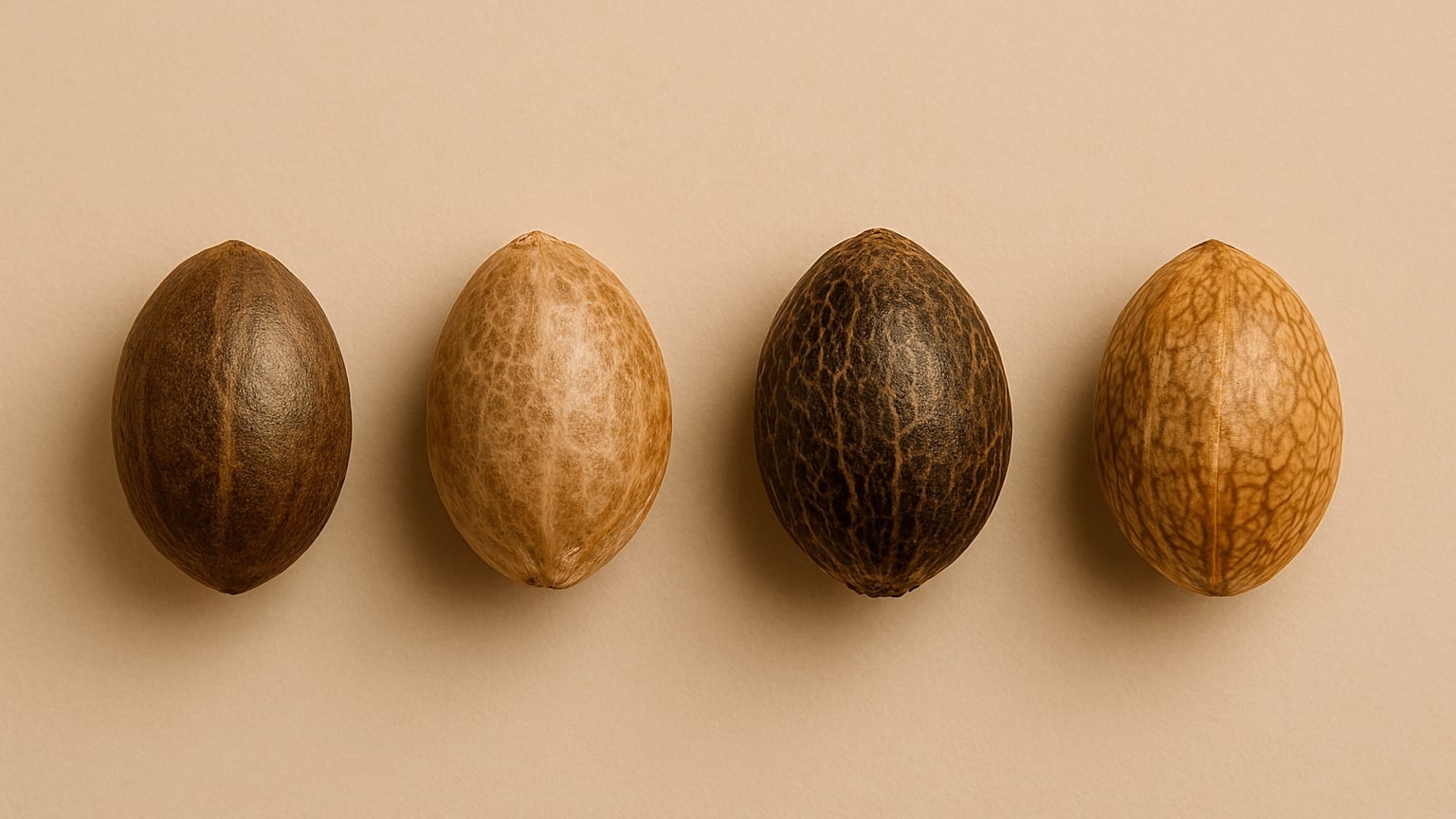
The influence of seed varieties and types on phenotype
When growing, it is important to consider not only the environment, but also which marijuana strains have been selected for cultivation. Each subspecies has its own characteristics, and it is these characteristics that determine how the cannabis phenotype will manifest itself.
Indica
- It usually forms low-growing bushes with a dense structure.
- The inflorescences are heavy and resinous, with a characteristic relaxing effect.
- It is easy to see what determines the number of buds in Indica: the denser the crown and the shorter the internodes, the richer the harvest.
Sativa
- Produces taller plants with thin leaves and airy inflorescences.
- The effect of sativa is often invigorating and energetic.
- However, the phenotype can vary: one sativa may be more prone to fragrant resinous buds, while another may be more prone to growing tall.
Hybrid varieties
- They combine the characteristics of indica and sativa, allowing growers to choose the most suitable balance.
- Depending on which genetics are more prevalent in a particular hybrid, different traits manifest themselves: either compactness or elongation.
- The same packet of seeds often contains plants with different phenotypes, which makes them particularly interesting for breeding.
Feminized seeds and autoflowering strains
- Feminized seeds eliminate the risk of male plants appearing and allow you to focus solely on growing female plants.
- Autoflowering varieties are different in that they transition to the flowering phase regardless of the photoperiod, making them convenient for beginners.
- But even here, you can observe differences in phenotypes, with some plants producing denser buds and others producing more elongated inflorescences.
Thus, the choice of cannabis seeds directly influences which marijuana phenotypes will manifest during the growing process.
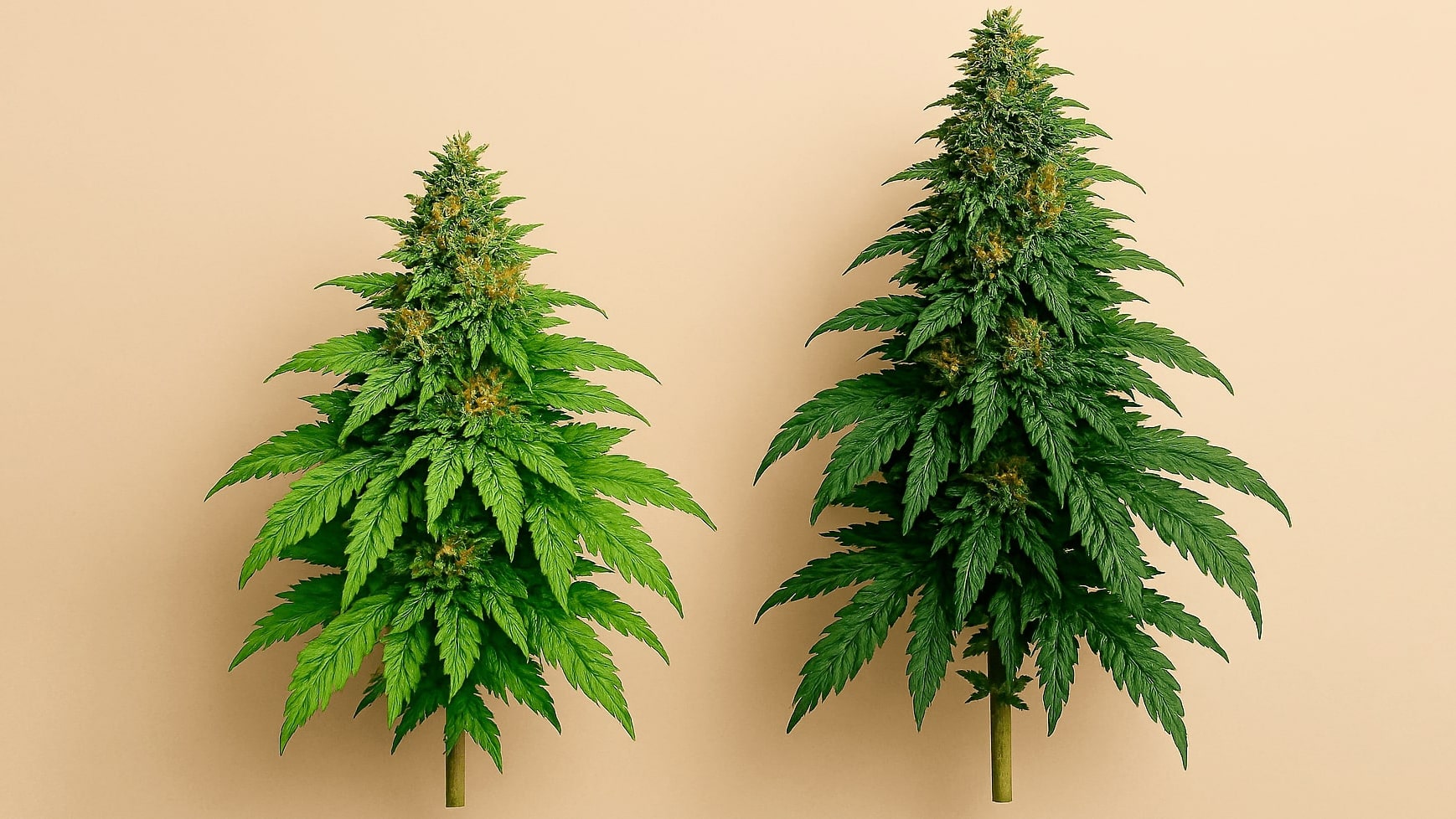
Factors influencing phenotype formation
The main feature of cannabis is that even plants with the same genotype can have different characteristics depending on growing conditions. This explains why different phenotypes appear from the same seeds.
One of the most common questions growers ask is, “How does genetics affect the color of leaves and buds?” The answer is simple: the genotype determines the potential palette (for example, green, purple, or even pinkish hues), but the final result depends on external factors: temperature, light levels, and nutrient availability.
To better understand what influences the phenotype of cannabis, let's look at the main factors.:
| Factor | Effect on phenotype | Example of manifestation |
| Lighting | Determines the intensity of photosynthesis and growth rate | In strong light, the bushes remain compact, while in weak light, they stretch out |
| Temperature | Affects coloration and metabolism | Lower temperatures can intensify purple hues in inflorescences |
| Humidity | Determines mold resistance and cone density | High humidity promotes loose inflorescences, low humidity promotes denser ones |
| Fertilizers | Shape taste and yield | The NPK balance affects the size and aroma of the buds |
| Genetics | Sets the range of possible manifestations | Different phenotypes of marijuana from the same strain – some plants are closer to indica, others to sativa |
Ultimately, it is the combination of genotype and conditions that determines which phenotypes of marijuana seeds will be realized. By controlling environmental parameters, the grower can manage the plant's development and partially direct its phenotype.
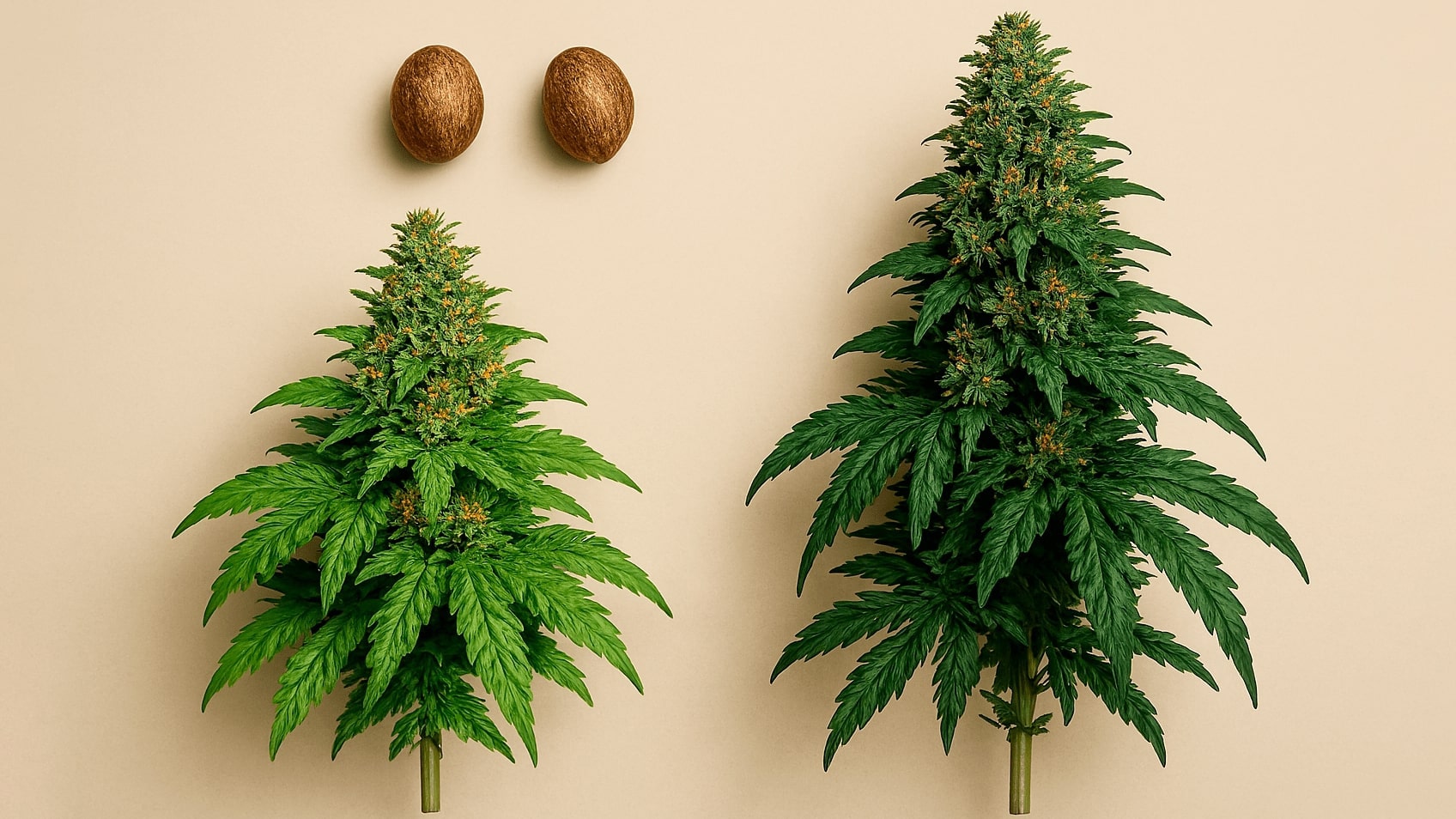
Attention! Errors Seeds does not encourage you to grow cannabis and does not assist in any way with this activity. Growing cannabis is prohibited by Ukrainian law. This article is for scientific and informational purposes only.
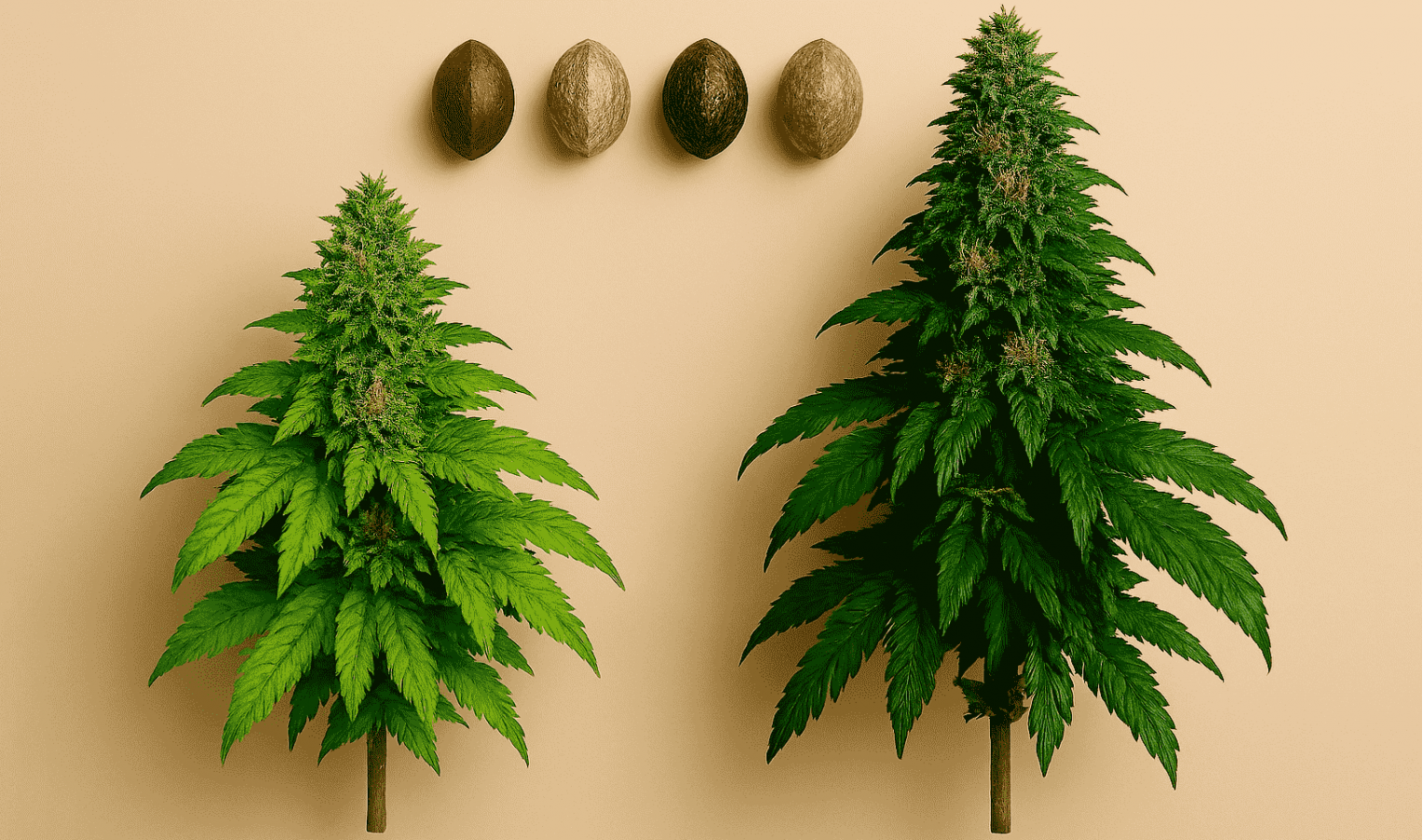
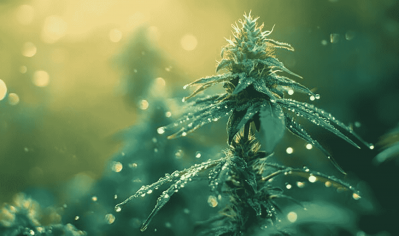
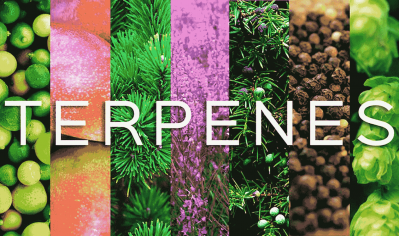
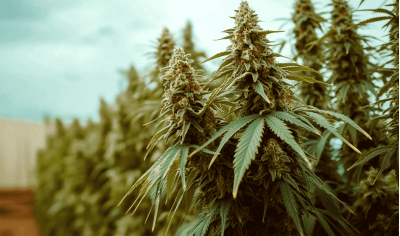
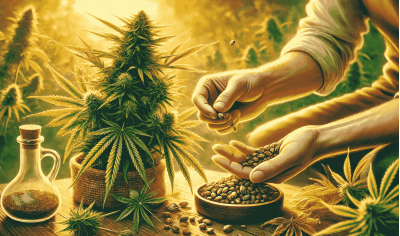
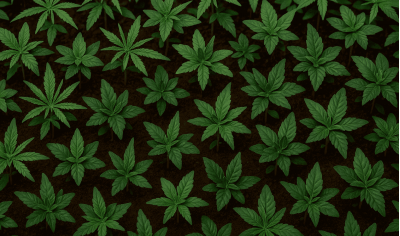
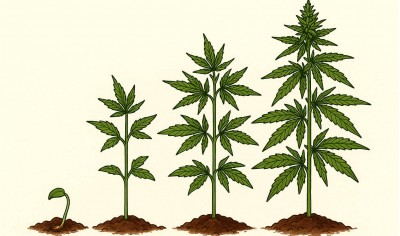
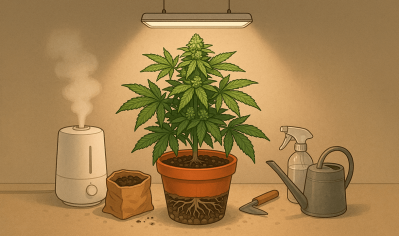
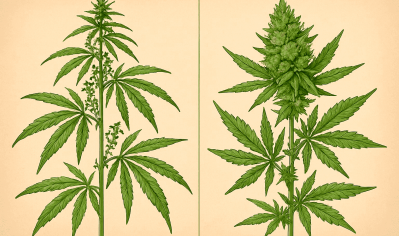
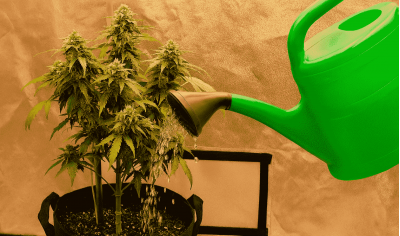
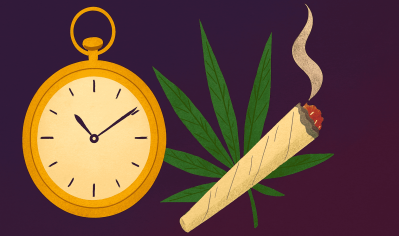


Write a comment